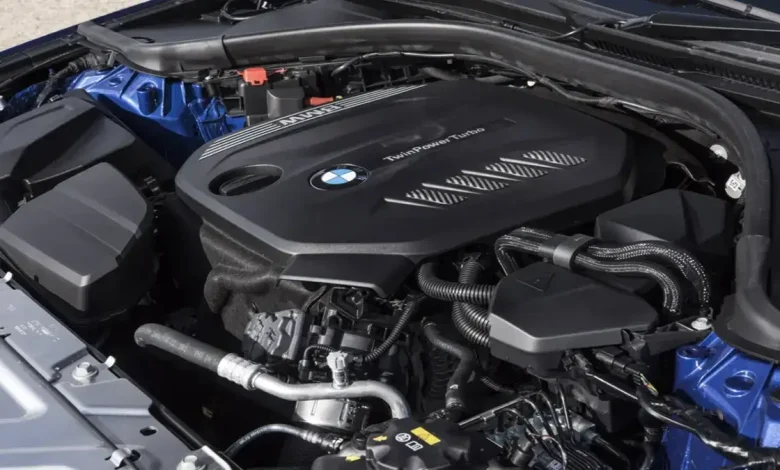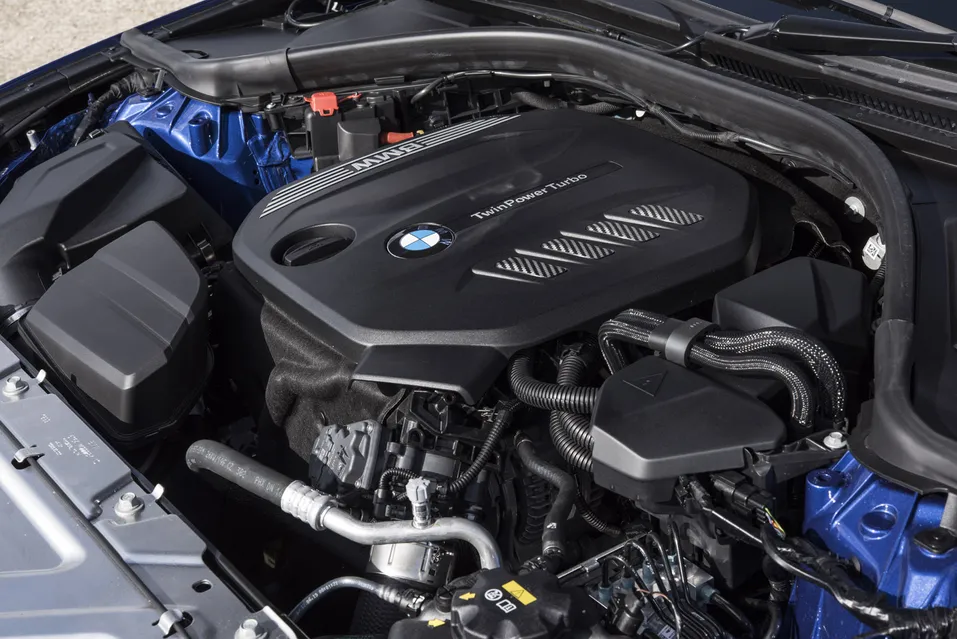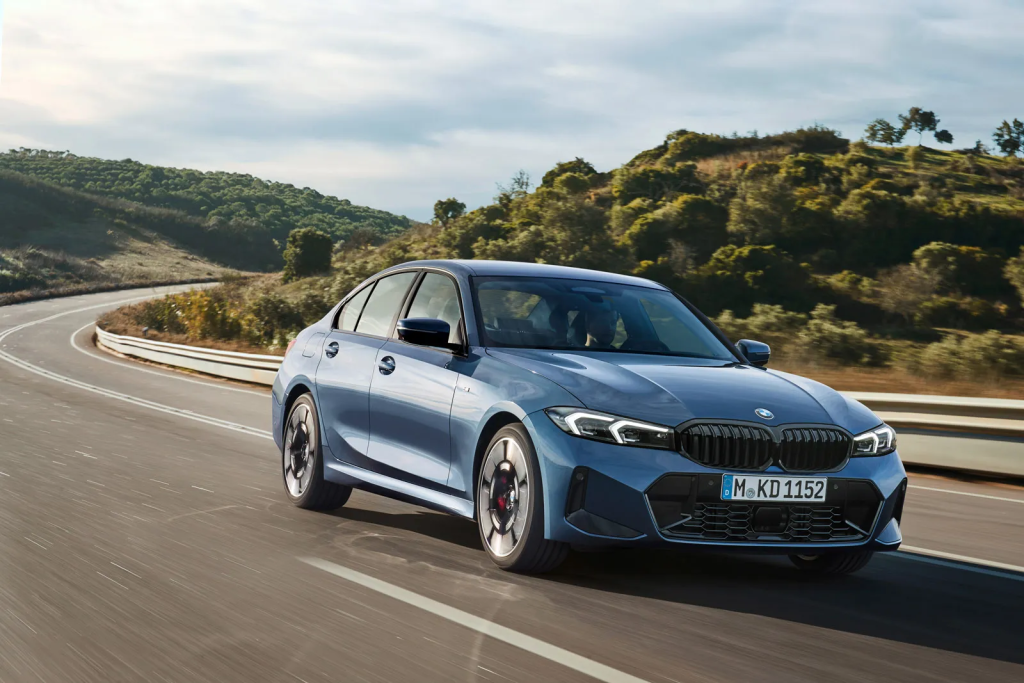BMW B58 Engine: Specs, Performance, and Key Features Explained

BMW has a long-standing reputation for building exceptional engines, and the B58 turbocharged inline-six is one of its crown jewels. Widely praised for its balance of performance, efficiency, and reliability, the B58 has become a mainstay in many of BMW’s top models. With global recognition including being named one of the best engines in the world in 2023 the B58 has proven to be both a fan favorite and a performance benchmark.

What Is the BMW B58 Engine?
The BMW B58 is a 3.0-litre inline six-cylinder engine equipped with a single twin-scroll turbocharger. Introduced in 2015 as a replacement for the N55 engine, the B58 made its debut in the F30-generation 3 Series. Since then, it has been a core powerplant across BMW’s lineup.
Thanks to its robust design and BMW’s engineering pedigree, the B58 is known for withstanding high power outputs even when tuned making it a favourite among performance enthusiasts.

Performance and Output
Power and Torque
The B58’s power varies depending on the model and tuning. Standard versions of the engine typically produce between 286 horsepower and 375 horsepower, with torque figures ranging from 400Nm to 520Nm.
The engine’s high-performance sibling, the S58, builds upon the B58’s foundation and delivers up to 503 horsepower, with some modified builds reaching 1,000 horsepower in extreme tuning setups.
Fuel Economy
Despite its impressive performance, the B58 engine doesn’t compromise on fuel efficiency. The use of a turbocharger helps maximize combustion efficiency by forcing more oxygen into the engine, resulting in a more powerful yet economical burn.
Drivers can expect fuel consumption figures ranging from 25 to 45 miles per gallon (mpg) depending on driving habits, model, and fuel type. This efficiency makes it one of the more practical performance
engines in the luxury market

.
BMW Models Powered by the B58
Since its introduction, the B58 has become one of BMW’s most widely used engines. It can be found in:
- BMW 3 Series (e.g., 340i, M340i)
- BMW 4 Series
- BMW 5 Series
- BMW 6 Series
- BMW 7 Series
- BMW 8 Series
- BMW X3
- BMW X4
- BMW X5
- BMW X7
- BMW Z4
But BMW isn’t the only manufacturer to utilize the B58. This powerplant also features in select non-BMW vehicles, including the Toyota GR Supra, Morgan Plus Six, and INEOS Grenadier a testament to the engine’s universal appeal and engineering excellence.
Key Features of the B58 Engine
| Feature | Description |
|---|---|
| Engine Type | 3.0-litre inline-six, twin-scroll turbocharged |
| Power Output | 286–375 hp (standard); up to 503 hp with S58 variant |
| Torque | 400–520 Nm |
| Fuel Efficiency | Approx. 25–45 mpg, depending on use |
| Launch Year | 2015 |
| Turbocharging | Single twin-scroll turbo |
| Platform Compatibility | Used across BMW and in select Toyota, Morgan, and INEOS vehicles |
| Tuning Potential | High – often modified for increased horsepower |
How to Check If Your BMW Has a B58 Engine
If you own a petrol-powered BMW manufactured from 2015 onward, there’s a strong chance it’s equipped with a B58 engine. This engine is used extensively across BMW’s range, making it one of the brand’s most commonly installed power units.
If you’re unsure, you can verify your engine type via your vehicle’s documentation or VIN lookup. Alternatively, a certified BMW technician can confirm it for you.

The BMW B58 isn’t just a great engine it’s a benchmark in modern performance engineering. Blending smooth power delivery with strong fuel efficiency and incredible durability, it represents everything BMW enthusiasts love about the brand. Whether you’re driving a sporty M340i or a luxury-focused 7 Series, if it has a B58 under the hood, you’re in for a refined yet thrilling driving experience.
Related article: The Best BMW Dealerships in Gauteng: Top Picks for 2025




